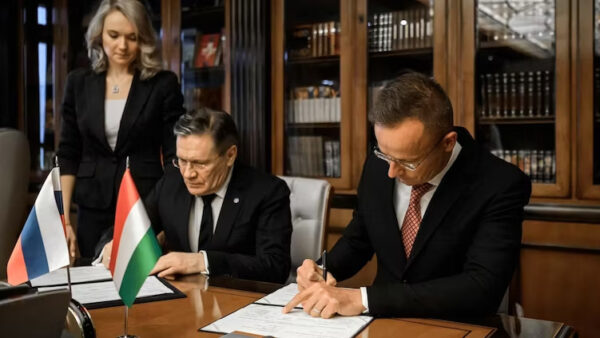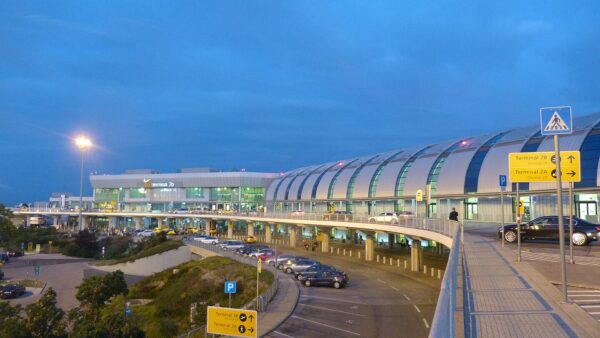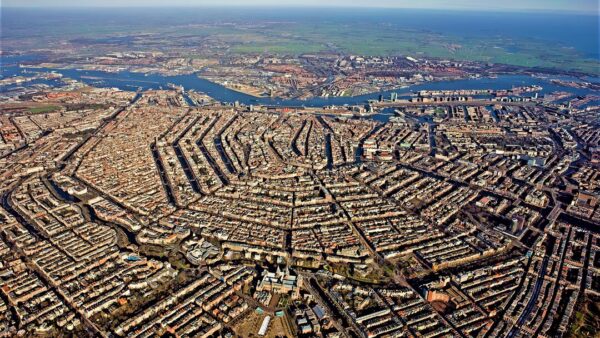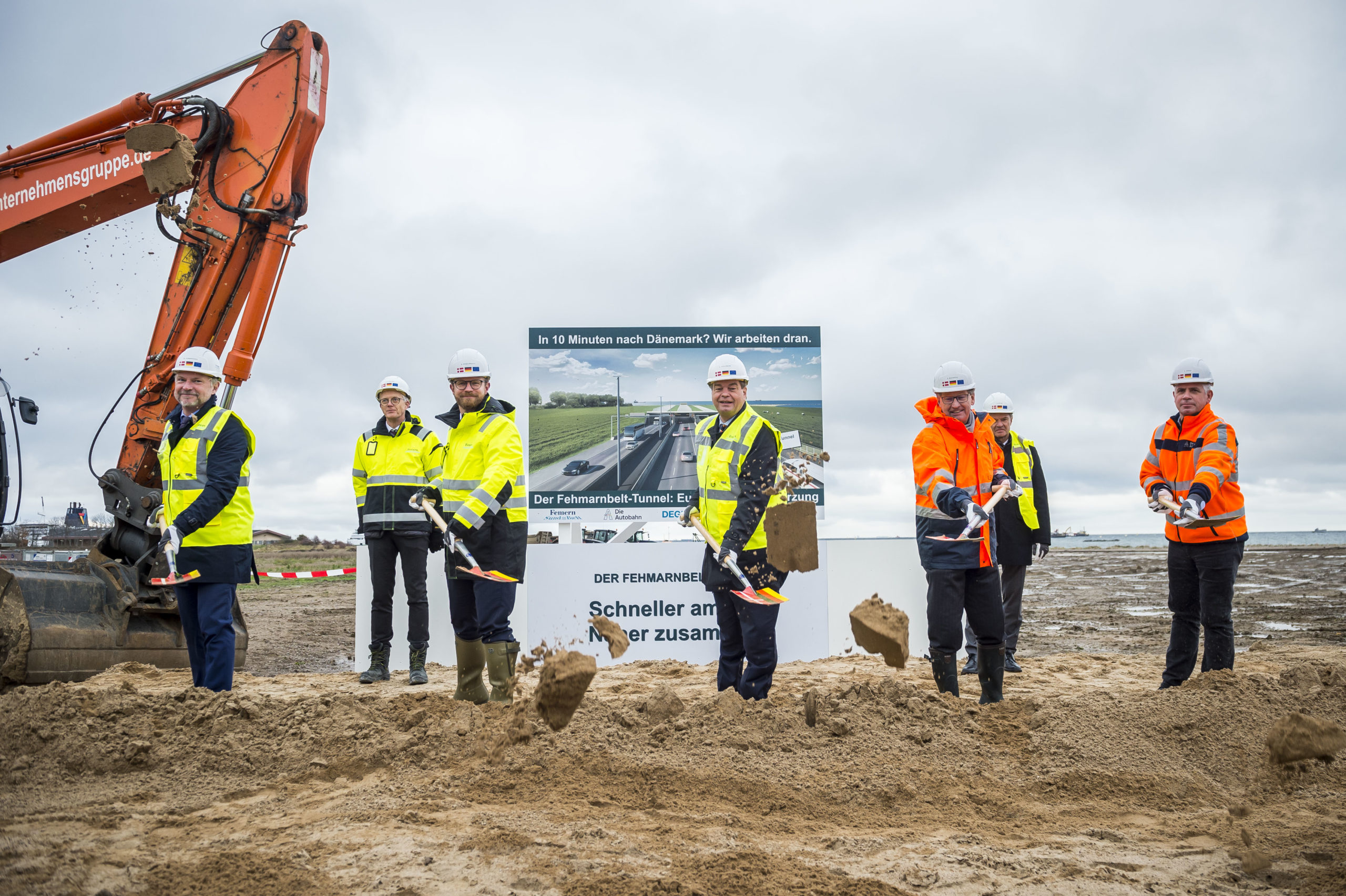
Work has started on the southern end of northern Europe’s largest infrastructure project, the Fehmarnbelt tunnel between Germany and Denmark, reports German current affairs programme Tagesschau.
When the 18km-long immersed tunnel is completed in 2029, it will carry four lanes of traffic and two electrified rail lines between the Danish island of Lolland and the German island of Fehmarn.
The rail lines will operate at speeds of up to 200 km/h, cutting the journey time between Denmark and Germany to seven minutes, and the journey from Hamburg to Copenhagen to 2.5 hours.
The construction team includes Vinci’s Grands Projets arm and its groundworks subsidiary Soletanche Bachy International, Danish infrastructure engineer Per Aarsleff, CFE, Dutch companies BAM International and Dredging International, and German engineers Wayss & Freytg Ingenieurbau and Max Bögl.
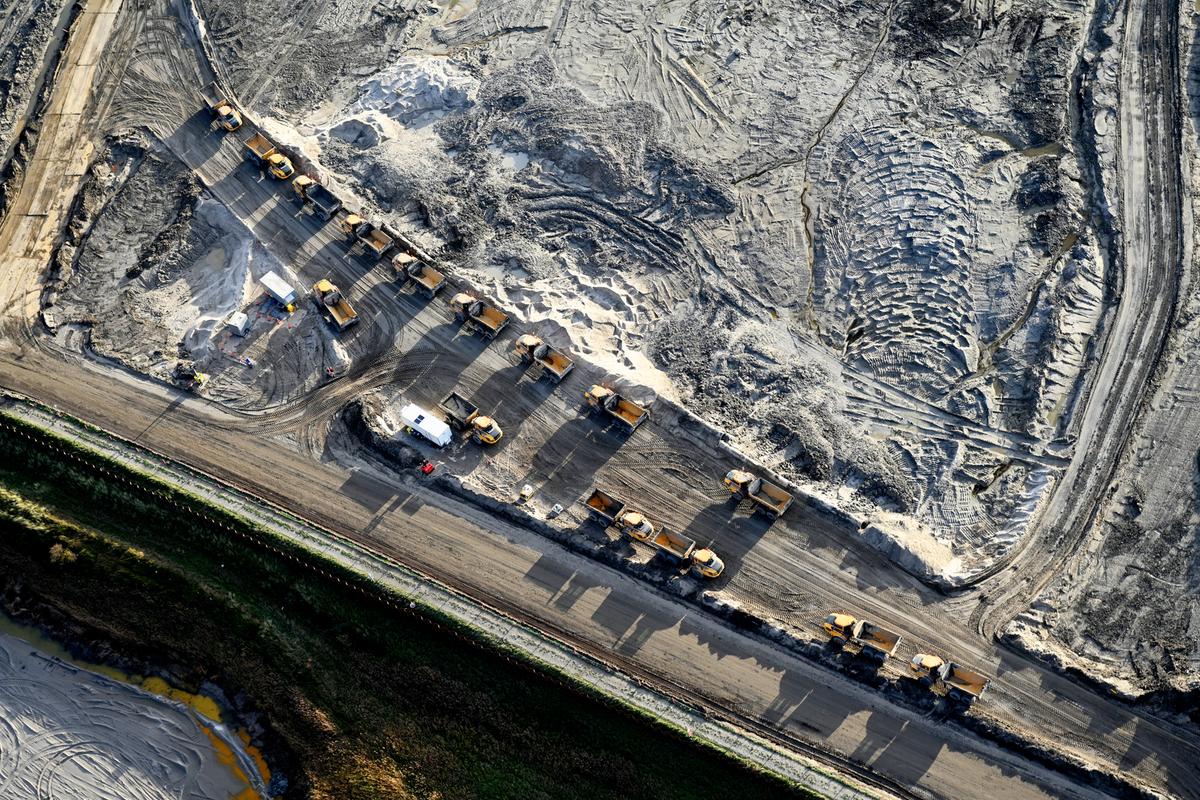
Atkins will provide consultancy services for the rail element of the scheme and a joint venture between UK consulting engineer Arup and its Danish counterpart Ramboll is acting as the project’s technical consultant.
The tunnel will be 9m high and 43m wide, and will be made from 200m-long precast concrete box girders – 79 in number – being manufactured at Rødby on the Danish side of the link.
Work on the Danish side started in January after seven years of delays caused in part by opposition to the project from eco groups, ferry operators and residents of the island of Fehmarn.
The construction costs for the tunnel is presently estimated to be between €7.1bn €7.4bn, and are being borne by Denmark and the EU. Germany is paying an estimated €3.5b for road and rail connections.
Further reading:



